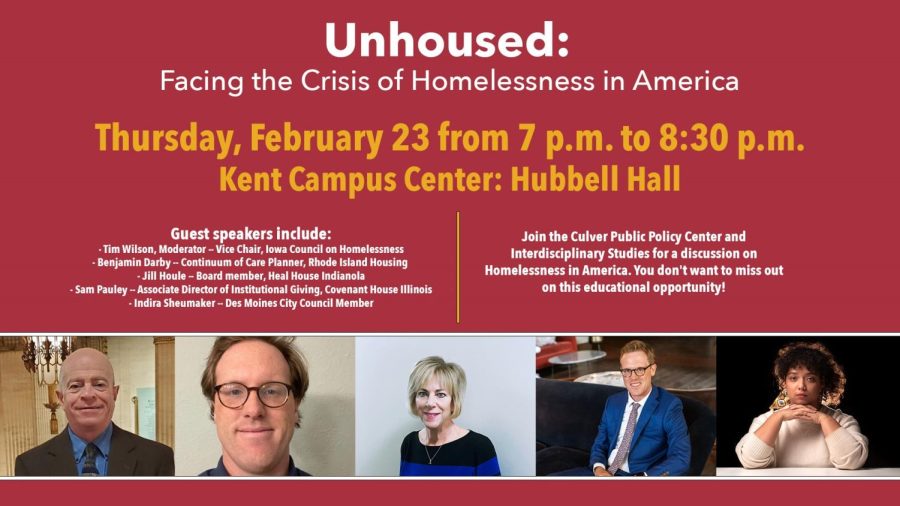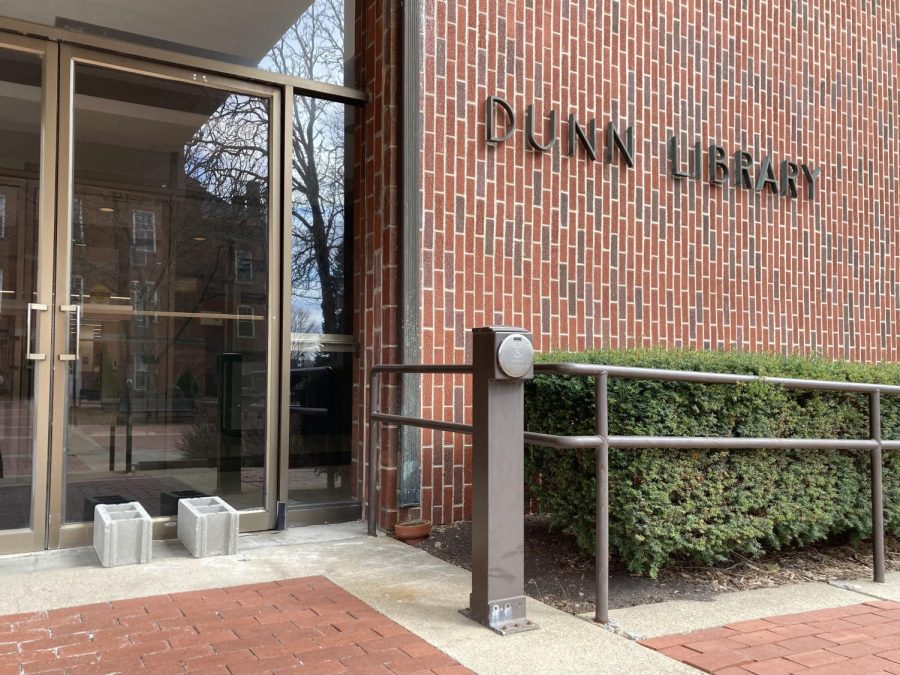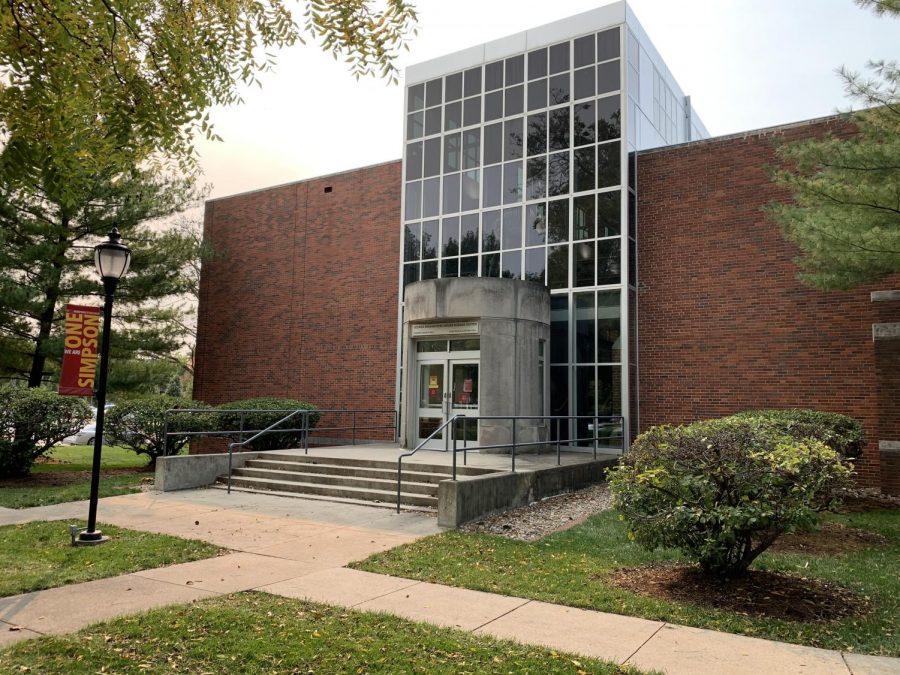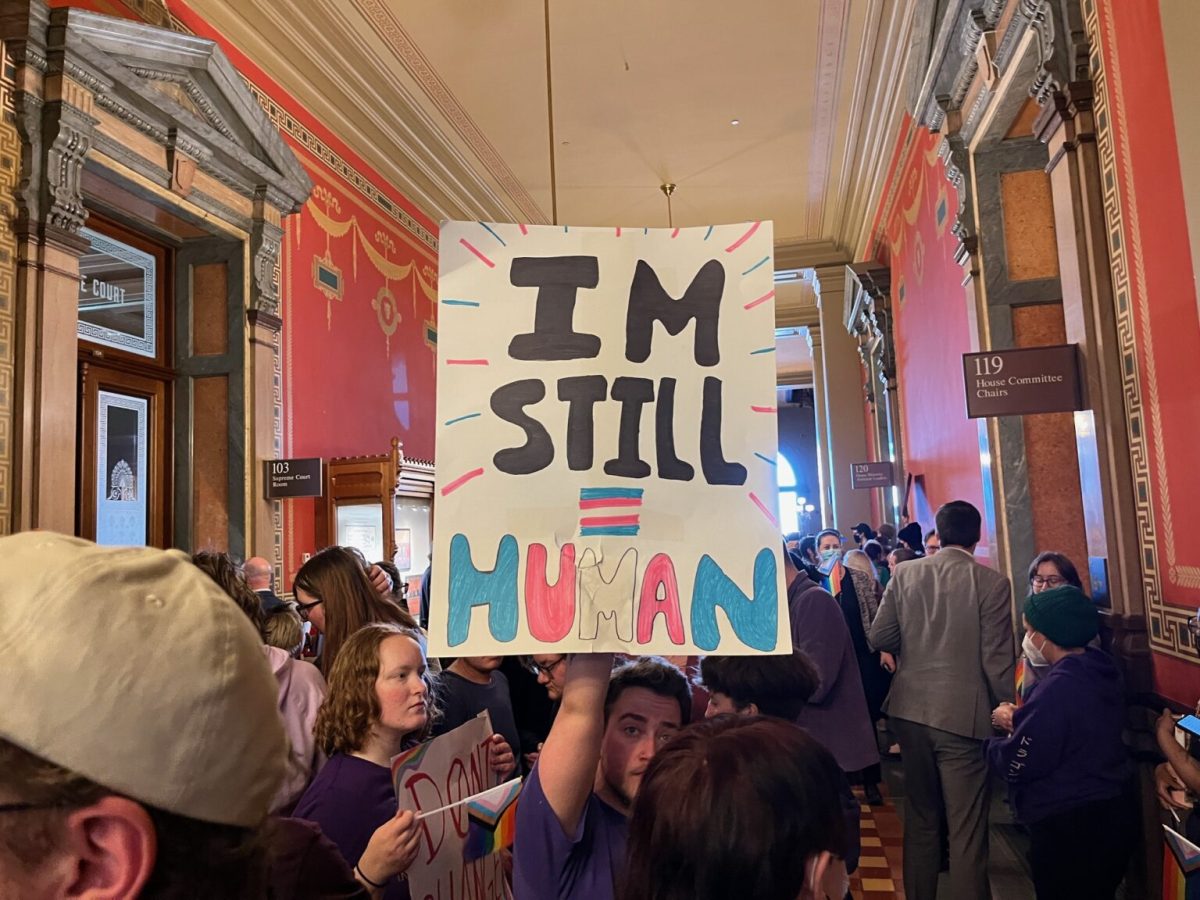The Culver Center: The Crisis of Homelessness in America
Several panelists discussed the crisis of homelessness in America and in Indianola on Feb. 23.
March 1, 2023
The issue of homelessness has become more visible across the nation. Indianola is no different, with the issue arising in recent years. The Culver Public Policy Center of Simpson College held a panel on homelessness on Thursday, Feb. 23 to raise awareness of the issue of homelessness in our community and across the nation.
Among the panelists were Des Moines city council member Indira Sheumaker, HEAL house board member Jill Houle, Continuum of Care Planner of Rhode Island Housing Benjamin Darby and Associate Director of Institutional Giving, Covenant House Illinois Sam Pauley, moderated by Tim Wilson, the Vice Chair on the Iowa Council on Homelessness.
Students and Indianola residents alike gathered in Hubbell Hall to hear from the panel on the issue.
“Continuum of Care, and other CoCs that are made up of counties statewide, so there are lots of different structures for CoCs,” Darby said of the U.S. Department of Housing and Urban Development’s continuum of care program. “Overall, the idea is that they have set it up to govern all of the money that comes into that locality.”
According to the U.S. Department of Housing and Urban Development’s website, the program “provides funding for efforts by nonprofit providers and state and local governments to quickly rehouse homeless individuals and families while minimizing the trauma and dislocation caused to homeless individuals, families, and communities by homelessness.”
“It’s working to actually house people,” Darby said.
Chronic homelessness is the issue that arises when someone is homeless for a year or more while struggling with a disabling condition. Such conditions include mental illness, substance-use disorder or physical disability.
The way that these individuals are found is by a head count, according to Pauley. Between CoC officials and volunteers, they get the job done.
“They [CoC officials and volunteers] go out and they count the people experiencing homelessness in their community,” Pauley said. “They determine how to deal with it, like high probability areas they probably use actual street outreach information from the city, but they tune in high probability areas of 10 or more people homeless in all those areas. And then in the lower immediate areas.”
Darby and Pauley both work in bigger cities, but the issue still affects small communities.
In Indianola, there is an organization trying to combat the issue of the rise of homelessness, the HEAL house, starting in 2018. They conduct a similar process of a head count. Jill Houle of the HEAL house board noted that they have been identifying around 40 people annually in the Indianola community.
It’s going to be all about getting to the root cause of homelessness, according to Councilwoman Sheumaker. “Obviously, housing is going to be the main thing that we’re going to land on when we are talking about homelessness,” Sheumaker said.
But, it gets to be so much more than that when zoning laws or defunding of essential programs come into question.
“I think we can get a little deeper and say that the commodification of housing is the root cause of homelessness and the fact that private ownership versus public ownership, so we’re talking about what federal policies will be more effective,” Sheumaker said.
One of the best ways to get involved is to commit to the need to address the issue of homelessness and advocate for it. Whether that looks like donating to local shelters and supportive housing programs or getting your hands dirty and working on the ground, it is something that will continue to need support.
“We really need to invest our time and our efforts,” said Houle. “There are so many layers and it’s so complex. It takes a lot more money and a lot more resources to get that all put back so that we can help them achieve success in moving towards being successful.”







